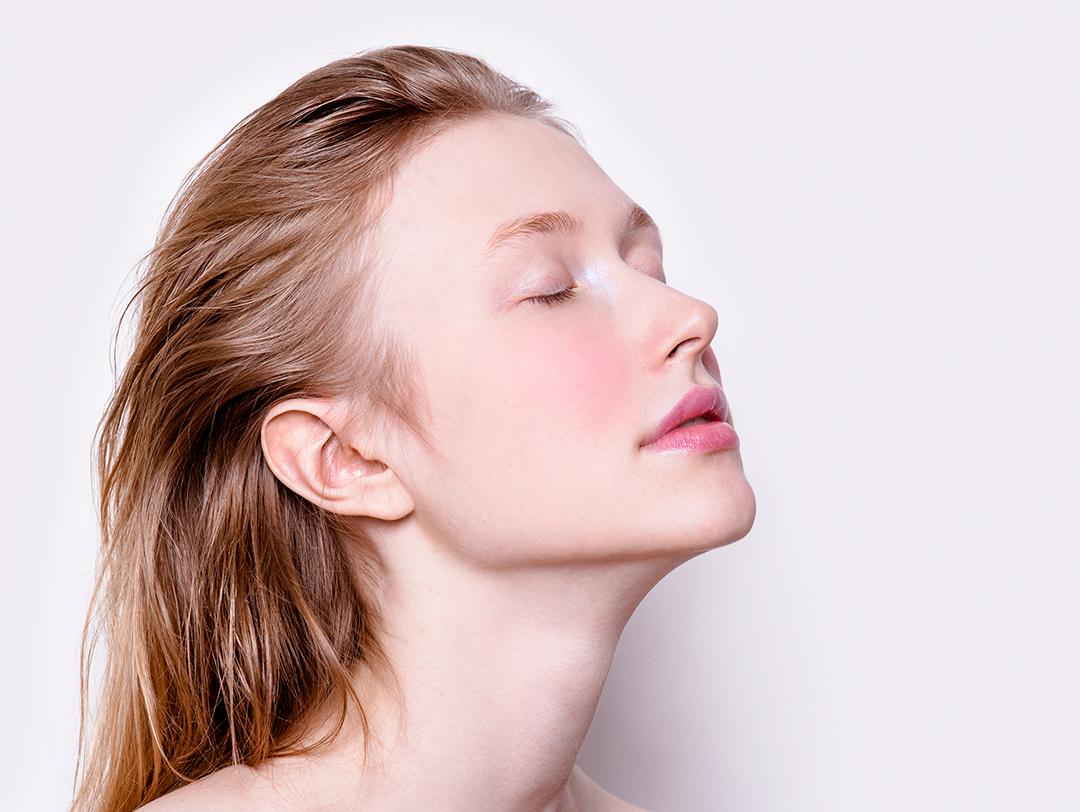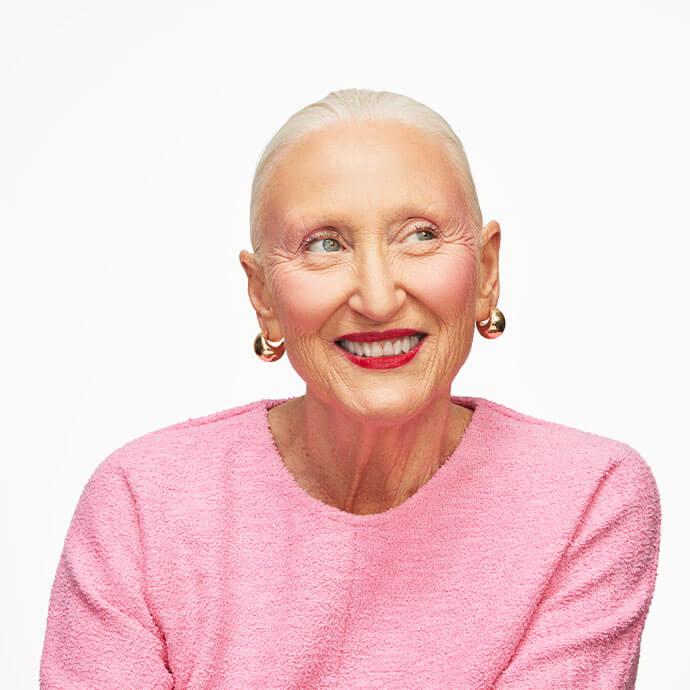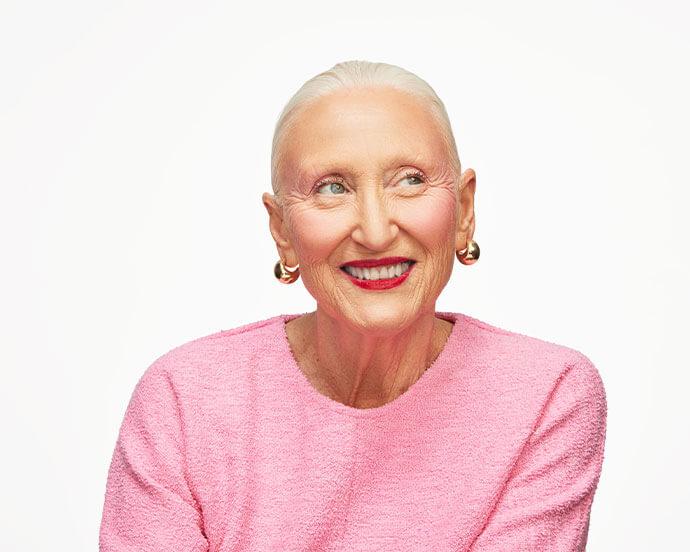7 Reasons Cheeks Get Red—and What to Do About It



Lindy Segal


When we think of blushing, we think of cute, cartoon-like rosy cheeks. But for many, a red face appears one day and never really goes away—and the skin condition is more common than you might realize. “Red cheeks are my number one cosmetic complaint,” says board-certified dermatologist Karan Lal, MD. “Cheeks appear red due to the prominence of blood vessels,” explains the derm. “This redness can either be episodic, [such as] flushing, or persistent.”
Of the two, persistent redness is easier to treat at your dermatologist’s office. Depending on the cause of facial redness, you may be able to take over-the-counter medications such as antihistamines, or prescription medications such as Rhofade and Mirvaso. “These medications make the blood vessels shrink for a few hours after application, but can be accompanied by significant rebound redness,” explains Dr. Lal, who says they can also be treated with laser treatments. In cases of severe redness, or if redness is accompanied by other symptoms such as sneezing or a sore throat, contact your physician for medical advice.There are several specific causes of redness, from sun damage to simply having fair skin. The dermatologist breaks each one down, below.


It's about glam time you treated yourself.
MEET THE EXPERT
Karan Lal, MD, is a board-certified dermatologist based in New York and New Jersey.
Here Are 7 Causes of Your Cheek Redness
1. Fair skin
Lighter skin tones are more predisposed to redness. “Having fair skin alone makes your blood vessels more prominent,” says Dr. Lal. “Many fair-skinned patients also suffer from flushing, which is episodic bursts of more facial redness.”
In the short term, applying a green-toned color-corrector such as INNISFREE Smart Drawing Color Corrector in Vanilla Green can help neutralize redness before applying foundation.
2. Photodamage
Sunburn is an obvious explanation, but sun damage over time can also add to the appearance of redness. “Over time as the skin accumulates sun damage, it begins to thin out and the blood vessels in the skin become more noticeable,” says Dr. Lal. Be sure to wear sunscreen with at least SPF 30 every day, such as KINSHIP Self Reflect Probiotic Moisturizing Sunscreen Zinc Oxide Broad Spectrum SPF 32.
3. Rosacea
Rosacea is a fairly common skin condition, and according to the American Academy of Dermatology, many people don’t even realize they have it. Rosacea results from a disruption in the immune system on the skin barrier, and it can flare up due to various lifestyle triggers, including eating spicy foods. “This is a multifactorial inflammatory disease that can present with facial redness or with pimples that over time make the skin more red from recurrent inflammation,” explains Dr. Lal.
4. Keratosis pilaris
Red bumps on the cheeks may bekeratosis pilaris, or KP, is a skin condition that usually appears below the neck. But, “The so-called chicken skin can appear on the cheeks, and is accompanied by profound redness,” says the derm, who adds that facial KP is more common in children.
5. Sensitive skin
The more sensitive or reactive your skin, the more likely your skin is to turn red as well. “Patients with dry skin or sensitive skin can react more overtly to cold and hot temperatures, skincare products, etc. which can lead to facial redness,” says Dr. Lal.
To decrease the chance of a red rash, stick to a skincare routine of products you know won’t give you a reaction, and avoid using products that have overly concentrated active ingredients, strong fragrances, essential oils, and other harsh ingredients. Use a gentle cleanser such as PAULA’S CHOICE Redness Relief Cleanser for Normal to Dry Skin, which soothes skin as it cleanses, and follow with a moisturizer such as FIRST AID BEAUTY Ultra Repair Cream, which is even safe to use on eczema.
6. Alcohol consumption
For many, a bright red rash appears during or after drinking alcohol. “People who consume lots of alcohol can develop facial redness due to elevation in estrogen levels,” says Dr. Lal.
7. Medications
Taking certain medications can exacerbate some of the above causes of facial redness. “Medications such as estrogen can make new blood vessels form and can cause facial redness,” says Dr. Lal. “There are also medications that are photosensitizing such as hydrochlorothiazide. These medications make your skin more susceptible to sun damage which over time can cause facial redness.” If the redness persists or gets worse, contact your healthcare provider for treatment options.
Want personalized skincare and more delivered each month with the IPSY Glam Bag? Take our Beauty Quiz now to get started. Already an Ipster? Refer your friends to earn points, which you can use toward products. Either way, don’t forget to check us out on Instagram and Twitter @IPSY.
Like this article? Share it with your friends by clicking the icons below!
Liked this post? Share!
Related Stories


Skin
How to Adjust Your Skincare Routine for Mature Skin in the Winter
Published on Dec 4, 2025 • 7 min read


Skin
Meet the Best Moisturizers for Winter, According to Dermatologists
Published on Dec 1, 2025 • 9 min read


Skin
What Is Inflammaging—and Why Everyone’s Talking About It
Published on Dec 1, 2025 • 8 min read


Skin
6 Skincare Trends to Have on Your Radar in 2026, According to Experts
Published on Dec 1, 2025 • 7 min read


Skin
We Grabbed Our Crystal Ball and Found These 6 Skincare Predictions for 2025
Published on Dec 10, 2024 • 7 min read


Skin
Simple Self-Care Tips That Actually Make a Difference
Published on Nov 13, 2025 • 12 min read


Skin
These 9 Face Scrubs Will Unlock Soft and Smooth Skin on Contact
Published on Nov 5, 2025 • 10 min read


Skin
10 Thanksgiving Foods That Will Have Your Skin Coming Back for Seconds
Published on Oct 15, 2025 • 7 min read


Beauty Picked Just for You
Get 5 products worth up to $70
Plus exclusive access to epic deals up to 80% off
Starting at just $14/month. Cancel anytime.